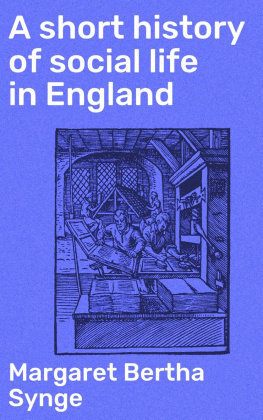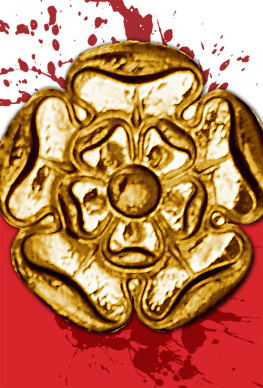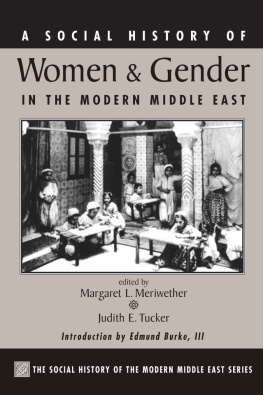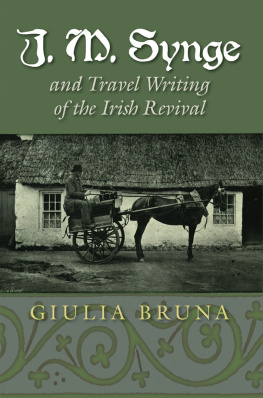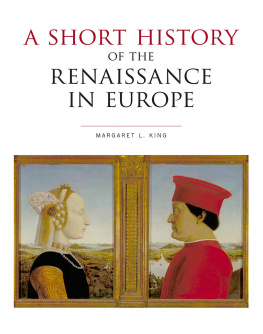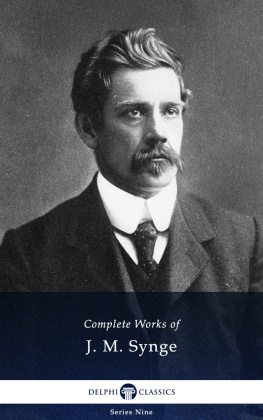CHAPTER I
Table of Contents
THE SPEECHLESS PAST
"Till dim imagination just possesses
The half created shadow."
Shelley .
I NTERESTING as are the glimpses of that pre-historic race, which in the dim ages of long ago roamed over the most accessible parts of the land, now known as the British Isles, it is unnecessary to do more than sum up slightly the vague scraps, that form all the knowledge we possess of this remote period.
Through the mysterious dawn of our country's history, early man moves fitfully to and fro, and it is difficult even dimly to discern his shadow. It is only by piecing together the scattered fragments of existing remains, and comparing them with the possessions of uncivilised mankind in other parts of the world, that we get a picturehalf-imaginary, if you likeof the social condition of primitive man in this land, which was then a part of the European Continent. He has many names. He is called Palaeolithic Man, that is. Old Stone Man, or the Cave Man. He was short of stature and heavy of limb. He made his home in a cave where such existed, which afforded him shelter from the rain and a refuge from the wild beasts that shared the country with him. It has been suggested that he must have been a good sportsman, or these very beasts would have exterminated him altogether. His weapons were limited to stone, ivory from the tusks of the mammoth, and bone from the bison and reindeer, whose flesh formed his food. The pre-historic hunt was rather to procure the means of existence than for the pleasure of killing. With his ponderous stone implement, early man slew his beast; with a flint knife, or by means of hot pebbles, he cut up the flesh; he cooked it over his fire, kindled by the friction of sticks, in a vessel of wood or skin. There was no waste, for he scraped the skin inside with a sharpened flint, made a bone needle, and threading it with a reindeer sinew, he stitched for himself a garment for the cold weather. Stringing together the teeth of the animal on sinews, he made necklaces and other barbaric ornaments.
With the inherent instincts of an artist, he scratched a picture of his friend the mammoth on his tusk, and the reindeer on his antler, the discovery of which has shed some dim light on these early days. With no definite thought of a hereafter, he was probably indifferent to the fate of his dead. There is a scarcity of human bones belonging to this age, from which it has been inferred that either he had resort to cremation or that he presented the dead bodies of his kinsfolk to the hyenas who prowled about his cave in search of prey.
An immensity of time passed away. Structural changes passed over the land. The valleys uniting these islands with Europe became submerged. The wild North Sea swept over the dry land, across which the "grisly bear and the sabre-toothed tiger had walked after the primitive Briton," and the British Islands were completely surrounded by water.
Across the stormy seas, in primitive log canoes, came another people to possess the land. Neolithic Man, that is, the New Stone Man, or, indeed, the Iberian, was at once more civilised and interesting than his predecessor. He brought over with him the animals which are domesticated in England to-daythe dog, the sheep, the cow, and the pig. Instead of the woolly rhinoceros and the curly-tusked mammoth, we find forest and marsh alive with wild boars, reindeer, wolves, and wild cats.
The New Stone Man was far more accomplished than the Old Stone Man. His weapons, though still exclusively of stone, were far more highly finished implements wherewith to kill, the fine polish and thin cutting edge denoting superior skill and intelligence. With these he began to clear the thick forest, and in the clearing to make for himself a dwelling, which was a sort of artificial cave. He dug a pit to a depth of some ten feet below the surface, and covered it with a roof of interlaced sticks plastered together by clay. He entered it by a sort of tunnel sloping down to the floor, which also answered the purpose of chimney.
Near his dwelling he sowed wheat or flax, to be utilised for the rough weaving of those early days. For in these ancient habitations of Neolithic Man have been found stone spinning-whorls, chalk weights to stretch the warp, and long combs to push the woof; two bits of their dresses have been preserved near their lake dwellings though the garments woven have long since perished.
A picture of the social condition of the New Stone Man has been drawn by an able historian. He bids us, in imagination, make our way through a track in the dense virgin forest to one of the rough clearings. There we may find a cluster of these pit houses, recognisable by the thin smoke issuing from the entrance. Around are small plots of ripening wheat, troops of horned sheep and short-horned oxen, and possibly a few fierce dogs, acting as guardians of the primitive homestead against the attacks of bears, wolves or foxes.
Outside we can imagine the short, swarthy inhabitants slightly dressed in wool or in skins, with necklaces and pendants of stone, bone or home-made pottery. Some are cutting wood with well-sharpened stone axes fixed in wooden handles, some sawing it with saws of carefully notched pieces of flint; some are fashioning wooden bows for arrows tipped with pointed flint heads, while some are scraping skins for clothing or carving harpoons out of bone. Somepresumably the women of the partyare spinning thread and weaving it with rudely-constructed looms. It was a simple pastoral (existence, with few needs and fewer possessions; the horizon of life was distinctly limited. To minister to the material needs of his nature was the main object of Neolithic Man's existence. His mind was as the mind of an untaught child, till, as the ages rolled onward, something told him that eating and drinking were not the chief ends for which he was created.
He could see silent hills, and the green valleys watered by stream and marsh: he knew the daily movements of sun, moon, and stars: he could hear the rush of many waters, the roar of the wind-tossed sea, the rumble of thunder across the heavens, the fluttering of leaves, the carrolling of birds, and the chirping of insects as day passed into night. After a lengthened period of simple wonder and amazement, questions presented themselves to his untutored mind, and a yearning to learn the cause of these things took possession of him. Nature was great, mighty, beautiful, but she was never still. There was movement everywhere; therefore, he argued, there must be spirits dwelling in everythingspirits to move the leaves and roll the thunder across the sky, to urge the rivers into motion, and hurry the sun and moon by turns through day and night.
These vague ponderings made him relinquish the old habit of his predecessors of casting dead bodies to the hyenas. The spirits that dwelt in the trees and rivers dwelt also in man. When the body died, the spirit that had moved it departed elsewhere, possibly into some animal or other body, till in time it reached the dwelling-place of all the spirits.
Hence arose the Neolithic system of burial. When the men, women, and children of the homestead died, they were buried in little walled rooms made of stone, over which were erected mounds, known to-day as "barrows." The skeletons found in these primitive graves are often found in a sitting posture. A woman has been found with her baby in her arms in one of these, while in another a man and woman, presumably husband and wife, sat opposite to one another, their foreheads touching and their hands clasped. Food vessels and drinking-cups were buried with the dead for their use hereafter, and it is probable that slaves and animals were slain, in order that their spirits might accompany that of the dead man on his last mysterious journey. Time passed, and with time came change.


